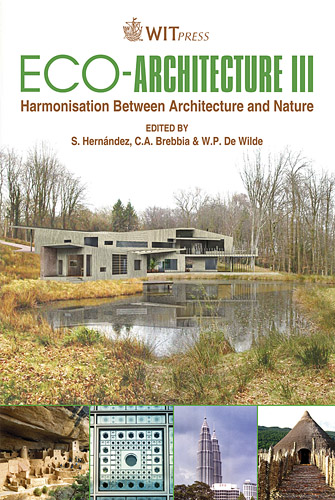Materials Affecting Neonatal And Environmental Health
Price
Free (open access)
Transaction
Volume
128
Pages
10
Page Range
515 - 524
Published
2010
Size
846 kb
Paper DOI
10.2495/ARC100441
Copyright
WIT Press
Author(s)
A. Marshall-Baker
Abstract
Industrial activity provides products of service and convenience that perhaps unintentionally compromise human and environmental health. Yet these products and materials are ubiquitous, even in those environments intended to foster wellness. Persistent bioaccumulative toxins and volatile organic compounds are two categories of substances that consistently appear in interior products and materials, and are associated with temporary conditions such as eye irritation, advancing technologies, including nanoscience, innovative approaches, e.g., chronic conditions such as chemical sensitivity, and terminal conditions such as cancer. Identifying and developing healthful alternative materials is facilitated by biomimicry, and comprehensive efforts that consider environmental, equitable, and economic impacts such as the Joint Committee for Sustainable Textiles. Keywords: sustainability, green materials, healthcare, interior environments, persistent bioaccumulative toxins, volatile organic compounds, newborn intensive care. 1 Introduction An intention of industrial activity throughout the 20th century was the manufacture of materials and substances that seemingly made our lives better in various ways. Mass production provided a wide range of products that generally were less expensive, manufactured in large quantities, readily available, ubiquitous, continuously upgraded, and easily replaced – and they still are. Yet an unintended consequence of this activity was enormous albeit nonobvious costs to soil, air, water, and general well-being.
Keywords
sustainability, green materials, healthcare, interior environments,persistent bioaccumulative toxins, volatile organic compounds, newbornintensive care





